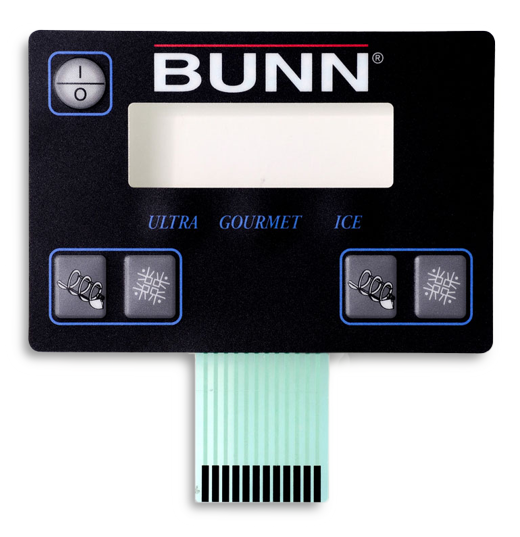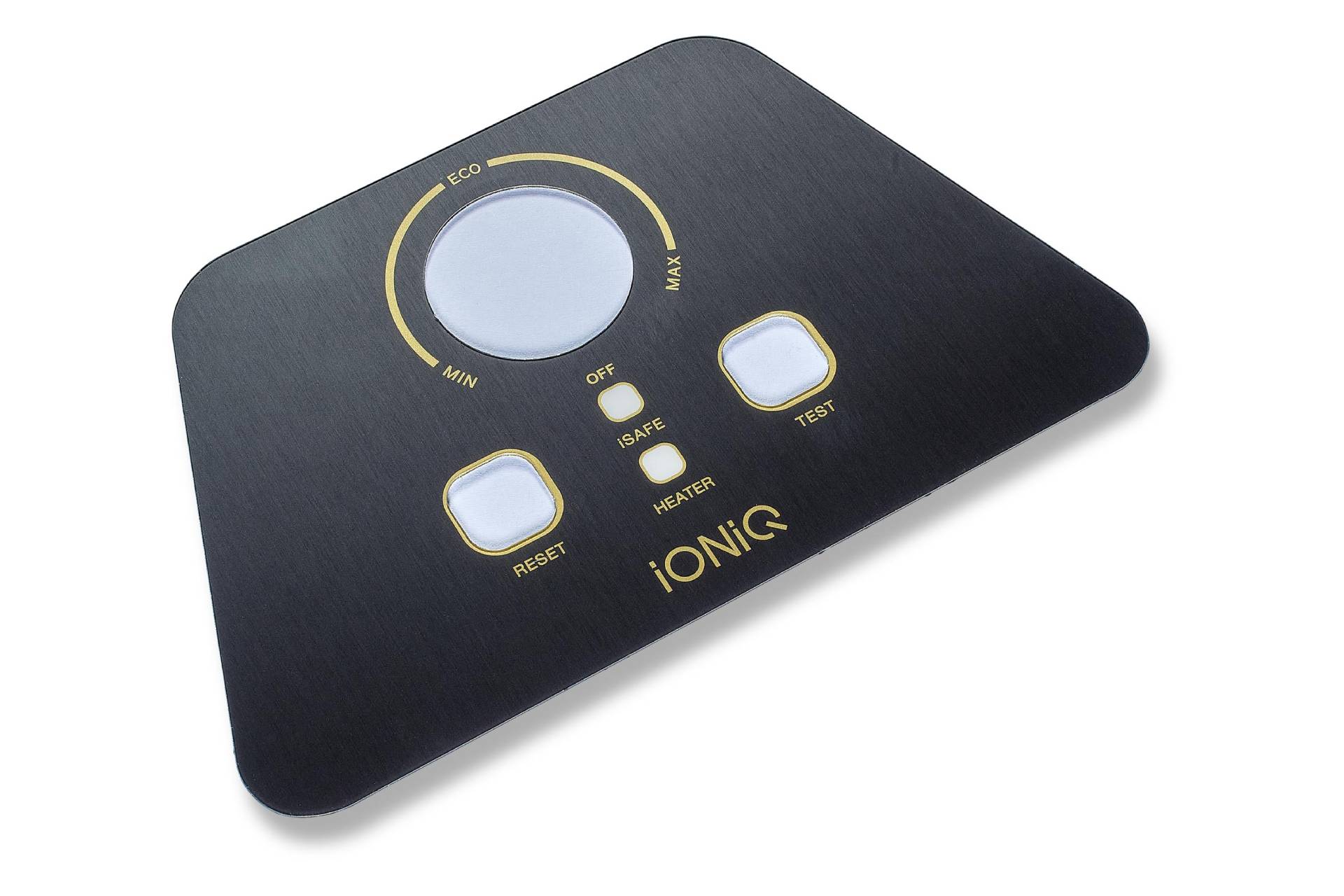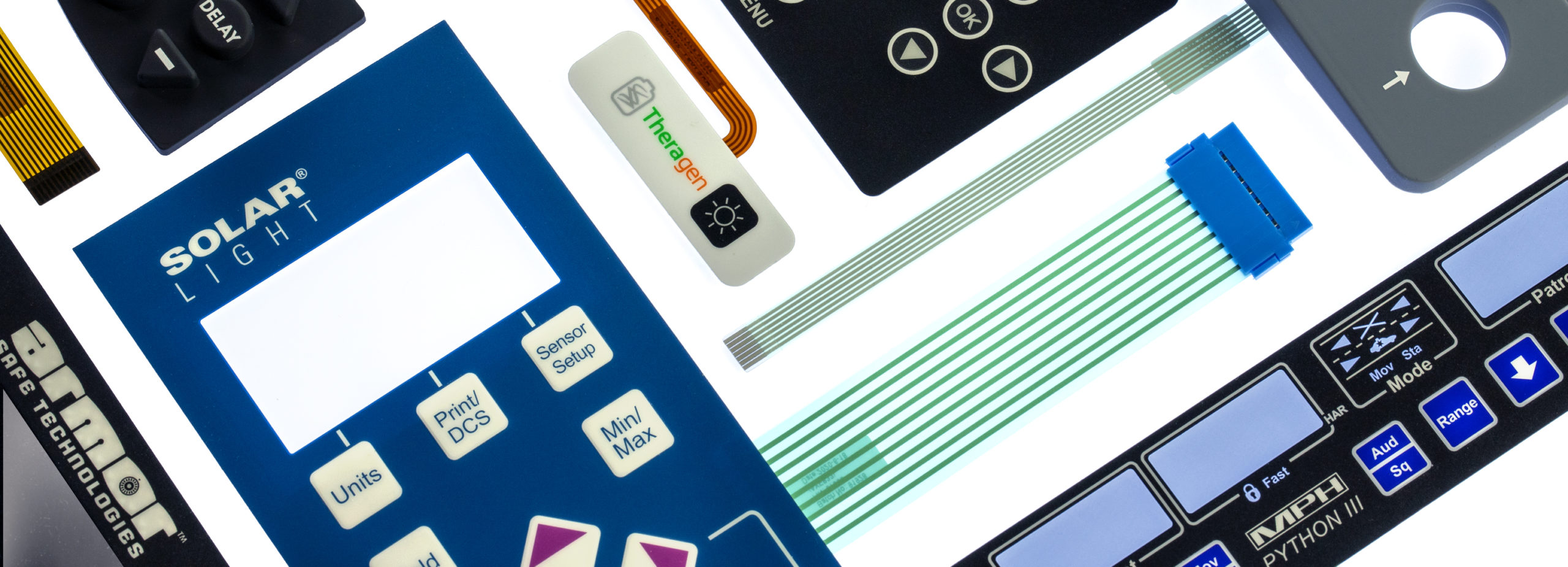End-to-End Membrane Switch Manufacturer for Specialized Applications
Exploring the Production Process of Membrane Switch for Different Industries
The production procedure of Membrane buttons is a complicated endeavor that demands precision and focus to information. From picking suitable products to executing strenuous quality assurance steps, each step plays an essential duty in guaranteeing performance. Numerous sectors, consisting of medical and automobile, depend on these parts for their distinct applications. Understanding the details of this process discloses considerable understandings right into how these buttons are produced and their influence across varied industries.
Comprehending Membrane Switches Over: A Review

Secret Materials Used in Membrane Switch Manufacturing
In Membrane button manufacturing, the selection of essential products considerably influences functionality and durability. Conductive products, adhesives, and coatings play crucial roles, while substratum selection influences total performance and reliability. Understanding these parts is crucial for optimizing the style and production of Membrane buttons.
Conductive Products Introduction
Conductive materials play an essential duty in the capability of Membrane switches, making sure trusted electrical connections within the gadget. Commonly made use of materials include silver, copper, and carbon-based inks, each offering distinct benefits. Silver is favored for its high conductivity and toughness, making it perfect for applications requiring durable efficiency. Copper, while a little much less conductive than silver, is an affordable choice frequently used in published circuits. Carbon-based inks give a functional alternative, suitable for applications where versatility and lower costs are prioritized, although they have lower conductivity compared to steel options. The option of conductive products directly affects the total integrity, life-span, and performance of the Membrane switch, making it a vital factor to consider in the production process.
Adhesives and Coatings
Finishings and adhesives are important components in the manufacturing of Membrane buttons, offering crucial bonding and protective buildings. These materials assure that different layers of the switch, consisting of graphic overlays and wiring, adhere firmly to one another, enhancing resilience and performance. Generally used adhesives include pressure-sensitive adhesives (PSAs) and epoxy-based solutions, which offer solid bond and resilience. Coatings, such as polyurethane or acrylic, serve to safeguard against environmental factors, including moisture, abrasion, and chemicals. Additionally, layers can enhance responsive responses and visual charm, adding to the overall user experience. The option of appropriate adhesives and finishes is crucial for optimizing efficiency and long life in varied applications across various sectors, guaranteeing that Membrane switches over satisfy particular functional needs.
Substrate Option Aspects
Substrate option plays an essential duty in the manufacturing of Membrane switches, as it considerably influences their overall efficiency and longevity. Key materials such as polyester, polycarbonate, and adaptable printed circuit card (FPCBs) are generally utilized for their distinct homes. Polyester is preferred for its cost-effectiveness and resistance to abrasion, making it appropriate for applications with high wear. Polycarbonate deals premium quality and impact resistance, suitable for atmospheres calling for high visibility. FPCBs provide improved adaptability and are often utilized in complex designs. The choice of substratum additionally influences elements like thermal security, chemical resistance, and ease of printing. Inevitably, choosing the proper substratum is crucial for guaranteeing the functionality and long life of Membrane changes across various industries.
The Style Refine of Membrane Switches
The design procedure of Membrane buttons is a crucial phase that considerably influences the functionality and looks of the end product - membrane switch manufacturer. It starts with specifying the certain demands of the application, consisting of measurements, button layout, and tactile responses preferences. Developers need to consider customer interaction, making certain that the button is intuitive and accessible.Next, materials are selected based on longevity, versatility, and ecological resistance. The integration of graphics and branding elements is also vital, as it improves aesthetic allure and interaction. Prototyping permits iterative screening, enabling adjustments based upon customer feedback and efficiency evaluations.Additionally, the style must make up the electrical components, such as circuits and ports, ensuring integrity and ease of use. Ultimately, a successful style balances performance, aesthetic appeals, and individual experience, leading the means for efficient production and durable efficiency in various sectors
Printing Methods for Membrane Switches Over
The printing techniques made use of in Membrane switch manufacturing play a crucial function in figuring out the final product's top quality and functionality. Display printing offers advantages such as longevity and vivid shade application, while electronic printing developments supply adaptability and accuracy in style. Understanding these methods can greatly impact the total performance of Membrane buttons in numerous applications.
Screen Printing Benefits
Many benefits make screen publishing a favored strategy for generating Membrane buttons. This method enables for high-quality, vibrant shades and comprehensive designs, which are crucial for user interface applications. Display printing is especially effective for using thick ink layers, improving longevity and tactile feedback. In enhancement, it provides superb adhesion to different substratums, making sure durability popular environments. The procedure is cost-efficient for huge manufacturing runs, as it lessens arrangement time and waste. Moreover, screen printing sustains a variety of inks, including specialty and UV-curable options, making it possible for convenience in layout. Its capability to generate constant results across numerous devices makes it a reputable selection for producers intending for top quality and effectiveness in Membrane switch manufacturing.
Digital Printing Innovations

Improvements in digital printing modern technology are transforming the manufacturing of Membrane switches, offering suppliers ingenious remedies that boost style adaptability and effectiveness. Digital printing enables intricate styles and high-resolution graphics, allowing personalized branding and performance without the constraints of typical approaches. This method decreases setup times and costs, helping with shorter production runs and minimal waste, making it excellent for companies with differing needs. Additionally, advancements in ink formulas supply better longevity and attachment, making certain longevity in numerous settings. As industries progressively look for individualized and intricate styles, digital printing sticks out as a vital technique, establishing a brand-new requirement in Membrane button manufacturing. The combination of these technologies positions producers to satisfy advancing market needs successfully.
Setting up and Layering of Membrane Switch Elements
Careful setting up and layering of Membrane button components are vital to ensuring performance and toughness. This process starts with the exact positioning of various layers, consisting of the visuals overlay, sticky, circuit layer, and support product. Each component should be meticulously positioned official website to preserve electric honesty and interface responsiveness.During assembly, conductive traces are related to the circuit layer, commonly made from materials like polyester or polycarbonate. This layer is critical, as it transmits signals when stress is used. The sticky made This Site use of for bonding these layers is additionally selected for its ability to endure ecological tensions while preserving a safe and secure bond.Heat and stress are usually applied during the assembly process to identify that the layers stick effectively without jeopardizing the performance of the switch. Finally, attention is offered to the side securing to safeguard against moisture and contaminants, securing the long life of the Membrane switch in different commercial applications.
Top Quality Control Actions in Membrane Switch Manufacturing
Quality assurance actions play a necessary function in making certain the reliability and efficiency of Membrane switches over adhering to the assembly and layering of their elements. In the manufacturing procedure, a number of key inspections are conducted to promote high quality requirements. These consist of aesthetic assessments for problems in printing and glue application, in addition to functional examinations to validate the responsiveness of each switch.Additionally, ecological screening is performed to assess the switches' toughness versus temperature variations and moisture exposure. Makers frequently carry out statistical process control (copyright) methods to keep an eye on production consistency, enabling very early detection of anomalies.Furthermore, traceability systems are developed to track elements and materials, making sure liability and assisting in remembers if essential. Calibration of devices and adherence to sector criteria are likewise essential to preserving product integrity. Collectively, these quality control steps secure the efficiency of Membrane changes throughout various applications, ultimately enhancing client satisfaction.
Applications of Membrane Switches Across Different Industries
Membrane switches are made use of across a varied variety of markets, showcasing their convenience and versatility. In the medical industry, they give reputable and water-proof interfaces for gadgets such as analysis tools and mixture pumps, guaranteeing health and convenience of use. The auto sector employs Membrane switches for dashboard controls, making it possible for seamless interaction between the motorist and automobile systems.In customer electronics, these buttons are located in home appliances and portable gadgets, supplying a sleek, modern visual while boosting performance. Industrial applications additionally leverage Membrane changes for machinery control panels, where resilience and resistance to harsh problems are essential.Furthermore, the aerospace and protection fields make use of Membrane switches for cabin instrumentation and communication systems, focusing on dependability and performance under severe conditions. Generally, Membrane switches play an essential duty in boosting the individual experience and functional efficiency across different domains.
Frequently Asked Concerns
How Lengthy Does It Require To Produce a Membrane Layer Switch?
The manufacturing time for a membrane switch typically ranges from a few days to several weeks - membrane switch manufacturer. Elements influencing this duration include layout complexity, material availability, and manufacturing quantity, all influencing the overall timeline significantly
What Is the Regular Life Expectancy of a Membrane Switch?
The regular life-span of a membrane layer switch normally ranges from 1 to 5 million actuations, depending on variables such as worldly top quality, ecological conditions, and use regularity, substantially influencing durability and general efficiency.
Can Membrane Changes Be Personalized for Particular Applications?
Membrane buttons can without a doubt be tailored for certain applications. Their style adaptability enables alterations in size, form, colors, and graphics, guaranteeing compatibility with one-of-a-kind requirements throughout various sectors and improving performance and customer experience.

Are Membrane Changes Environmentally Pleasant?
The ecological influence of Membrane changes varies. click here to find out more Some products utilized may not be environment-friendly, while innovations in manufacturing processes are significantly concentrating on sustainability, intending to minimize waste and advertise recyclable elements in their production.
What Are the Typical Failure Modes of Membrane Buttons?
Typical failure modes of Membrane switches consist of delamination, sticky failing, deterioration from usage, dampness ingress, and electric failings. These issues can considerably affect capability, efficiency, and lifespan in different applications across different sectors. Membrane switches can be customized to fit certain style demands, such as functionality, size, and form, making them very adaptable.The building commonly includes several layers, consisting of a visuals overlay, glue, and a circuit layer, which function with each other to develop a seamless individual experience. In Membrane button production, the option of vital products substantially affects functionality and toughness. The auto market utilizes Membrane switches for control panel controls, allowing seamless interaction between the driver and automobile systems.In customer electronics, these switches are located in devices and handheld gadgets, offering a smooth, modern-day aesthetic while boosting capability. Industrial applications also take advantage of Membrane changes for machinery control panels, where resilience and resistance to rough problems are essential.Furthermore, the aerospace and protection fields utilize Membrane buttons for cabin instrumentation and communication systems, prioritizing reliability and performance under severe conditions. Membrane buttons can undoubtedly be customized for particular applications.